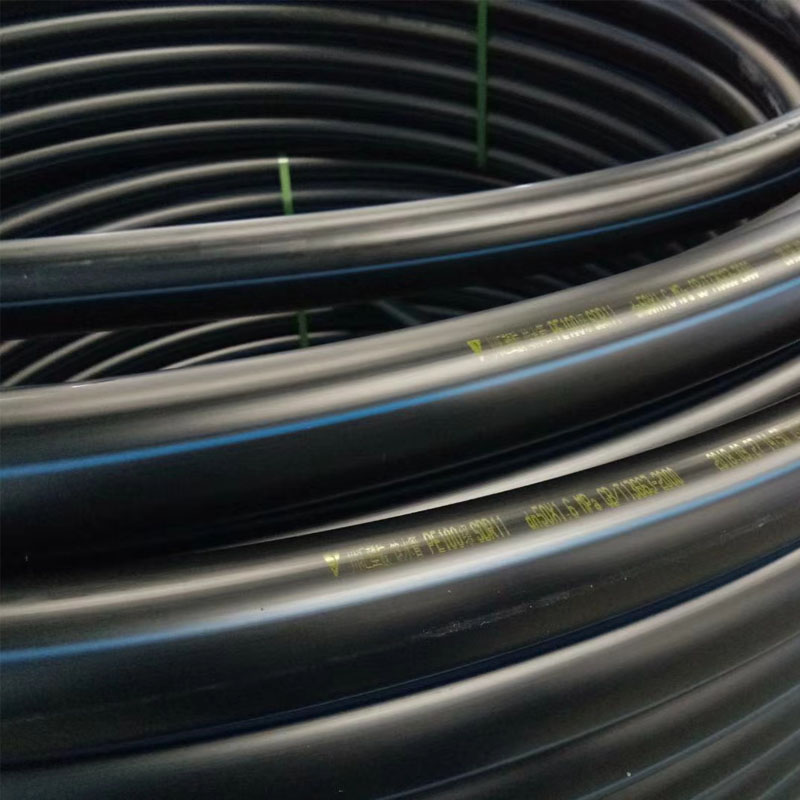Oct . 31, 2024 12:20 Back to list
PVC Pipe Sizes and Specifications for Various Applications and Projects
Understanding PVC Pipe Dimensions and Products
Polyvinyl Chloride (PVC) pipes are a staple in plumbing, construction, and various other applications due to their durability, versatility, and cost-effectiveness. When selecting PVC pipes for a project, understanding the dimensions is crucial for ensuring compatibility with existing systems and adhering to regulations.
Understanding PVC Pipe Dimensions
PVC pipes are available in a variety of sizes, typically measured by their nominal diameter (inches) and schedule (which indicates the pipe's wall thickness). The most common nominal sizes range from ½ inch to 24 inches, and the schedule number—such as Schedule 40 or Schedule 80—indicates the thickness of the pipe. Schedule 40 pipes, for example, are used for most residential applications due to their balance between affordability and strength. In contrast, Schedule 80 pipes, with their thicker walls, are typically used in industrial environments where higher pressures are involved.
The outside diameter of PVC pipes does not change significantly across different schedules of the same nominal size; instead, the internal diameter varies. This means that a 2-inch Schedule 40 pipe will have a larger internal diameter than a 2-inch Schedule 80 pipe, making the former more suitable for fluid transport in scenarios where flow rate is a priority.
Types of PVC Pipe Products
In addition to varying dimensions, PVC pipes come in several types and grades, each tailored for specific applications
pvc pipe dimensions products

2. PVC Drainage Pipe This type is designed for waste drainage and is often characterized by its lightweight nature and larger diameters. They come in perforated and non-perforated options, with the former allowing for groundwater infiltration.
3. PVC Electrical Conduit Made specifically to protect electrical wiring, these pipes are resistant to corrosion and can endure a variety of environmental conditions. They are typically rigid but also available in flexible forms.
4. Schedule 40 and Schedule 80 PVC As mentioned earlier, these schedules denote the pipe's thickness and pressure rating, with Schedule 80 being appropriate for higher pressure applications.
Installation Considerations
When installing PVC pipes, it is essential to follow standard practices for cutting, joining, and sealing. Using appropriate fittings and adhesives is crucial to ensure leak-proof joints. Additionally, it’s advisable to maintain proper spacing and support along longer runs of pipe to prevent sagging or misalignment.
Conclusion
PVC pipe dimensioning is fundamental in selecting the right type for any plumbing or construction task. By understanding the various sizes, schedules, and types of PVC pipes, professionals and DIY enthusiasts alike can make informed decisions that enhance project safety, efficiency, and longevity. Whether used in residential plumbing, drainage systems, or electrical conduits, the selection of properly dimensioned PVC pipes can significantly affect the overall success of the installation.
-
High-Quality PVC Borehole Pipes Durable & Versatile Pipe Solutions
NewsJul.08,2025
-
High-Quality PVC Perforated Pipes for Efficient Drainage Leading Manufacturers & Factories
NewsJul.08,2025
-
High-Quality PVC Borehole Pipes Durable Pipe Solutions by Leading Manufacturer
NewsJul.08,2025
-
High-Quality PVC Borehole Pipes Reliable PVC Pipe Manufacturer Solutions
NewsJul.07,2025
-
High-Quality UPVC Drain Pipes Durable HDPE & Drain Pipe Solutions
NewsJul.07,2025
-
High-Quality Conduit Pipes & HDPE Conduit Fittings Manufacturer Reliable Factory Supply
NewsJul.06,2025

